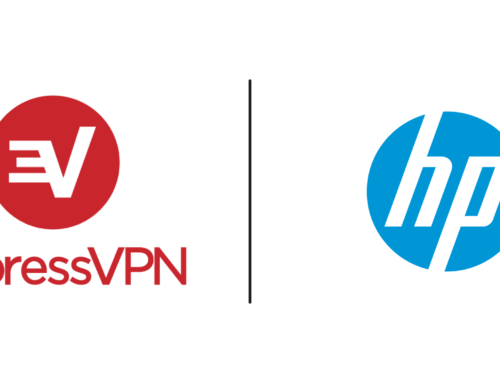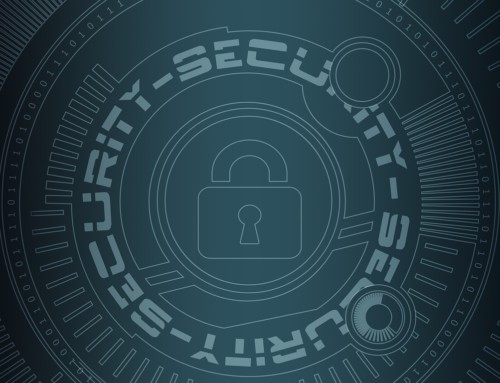When people don’t want their online activities to be saved in their computer’s history, they will go to their browser’s incognito mode. However, does incognito mode give you true privacy? This is a very good question that can only be answered by truly understanding what incognito mode is and how it works.
What Is Incognito Mode?
Incognito mode is a way you can surf the internet with your web browser. If the computer has multiple users, other users can’t look at the browser history and see where you have been. Even the cookies are deleted at the end of the incognito browsing session.
There are many reasons why you may want to use incognito mode. Those reasons include:
- Keeping online accounts private when using a public computer in a library, café, or other private place. Incognito mode prevents the browser from saving login data and financial information.
- If you need to access two accounts at the same time that use the same service, incognito mode will allow this. For example, you may have two Facebook accounts that you need to use at once. This is called “isolated browsing.”
- Get around news media paywalls. If you need to read a news article but you’ve already reached your free article limit for the month, incognito mode allows you to get around this. News sites leave cookies on your computer, which is how they know you’ve been there before. Since incognito mode disposes of cookies every time a session ends, the paywall will think you’re a new user when you visit again in incognito mode. However, keep in mind that paying for online news services can have other benefits.
- Preventing other users on the computer to see websites that you’ve visited. If you want to buy your significant other a great gift online, you can do so without being found out.
How Private Is Incognito Mode?
We are now back to the big question regarding incognito mode and true privacy. Although incognito mode hides your activities from people on a shared computer, the rest of the world knows where you have been. Websites are still able to see your IP address, and your internet service provider is going to be able to track what you are doing. If the computer has a virus, anyone who has hacked your computer will be able to see you, and so will intelligence agencies through their monitoring activities. In other words, you can’t completely hide. Regardless of how stealthy you try to be, you are still being tracked in some way. Even your virus software is keeping track of your activities to keep your computer safe from threats.
All incognito mode does is change the behavior of your browser. The way everything else behaves doesn’t change. Normally, a browser stores browsing history data. When you visit a website in regular browsing mode, the visit is recorded in your history, cookies from that website are saved, and data that can be autocompleted later are stored. Your browser also saves your download history, searches entered into the address bar, passwords, and pieces of webpages so they will load faster in the future (cache). If other people use the computer, they will stumble upon this stored information in some way. While you can disable some data collection in the browser privacy settings, incognito mode is just easier to deal with.
However, other computers, routers, and servers on a network may not forget your browsing history. For example, Facebooking at work in incognito mode when you’re not supposed to be Facebooking isn’t necessarily hiding your activity. Your employer can still log your activity. Even if you are on a home network, requests go through your ISP. Your ISP logs traffic.
As you can see, incognito mode is specific to the computer you’re using. The browser doesn’t gather all the information it gathers when it is in regular browsing mode. At one time, websites could get around the data storage limitation by storing cookies on Adobe Flash. If you have the Adobe Flash plugin in your browser, you don’t have to worry now because the plugin now supports private browsing. Nonetheless, you have to keep in mind that this is still not truly private.
The only true way for you to hide your activities from everyone is with a virtual private network. A VPN hides where you are and your IP address. You can also change web browsers. The Tor web browser is the most secure you will find.
How to Activate Incognito Mode
If you want to use incognito mode, activating it is rather simple. You will usually find it in the browser controls. For instance, Chrome has three vertical dots in the upper right corner of the screen. Click the three dots and then click “New Incognito Window.” To exit incognito mode, you simply click the three dots and opt to exit.
In Firefox, you can click the word “Firefox” in the upper left corner and then click “New Private Window.” In Internet Explorer and Microsoft Edge, you can go to the tools menu and activate “InPrivate Browsing.” If you are using any other browser, you will find incognito mode in similar locations within the menu.
Browse with Caution
All in all, you still want to browse with caution when in incognito mode. It’s great for when you want to run simultaneous sessions on a single service or when you don’t want browsing data hidden, but that’s about all the security it gives you. If you want true security, TOR or a VPN is the best route to take.
On top of that you can encrypt your data and communication so to be sure that what goes behind your VPN or Tor is secured also. As much as privacy as they offer, the end points may be in countries where no privacy is guaranteed by law.







As far as I know, incognito mode is not 100% private. So I recommend learning some more ways how to hide browsing history from ISP http://myvpnservice.com/blog/how-to-hide-browsing-history-from-isp/